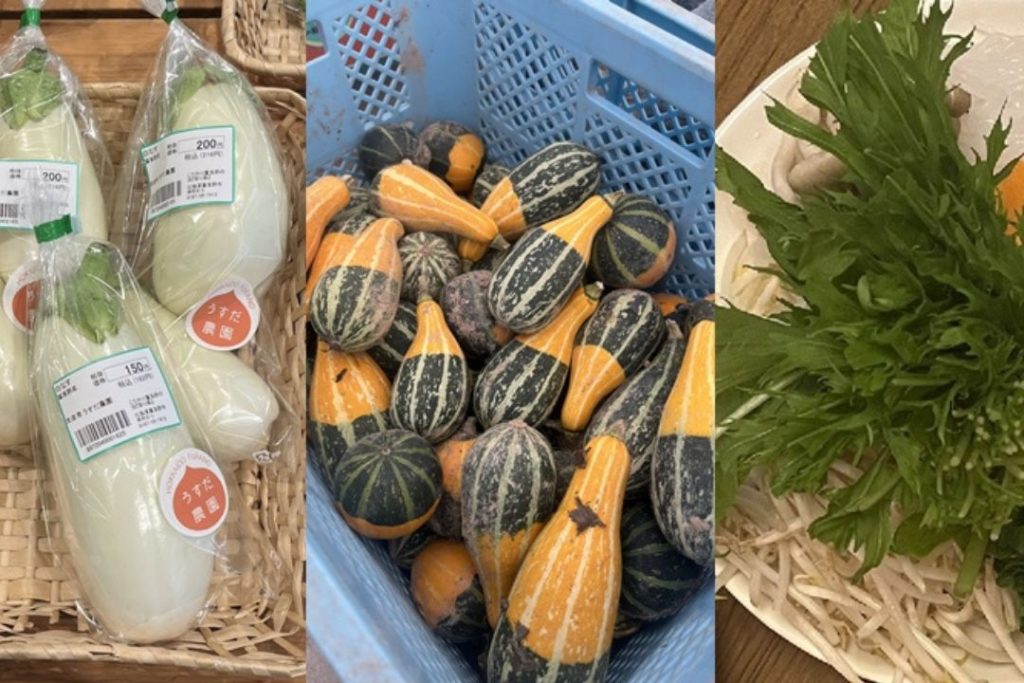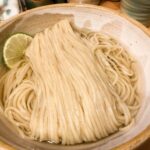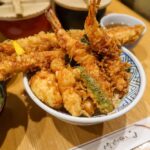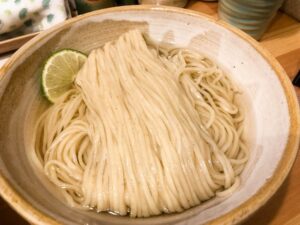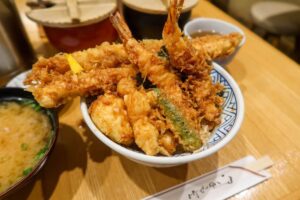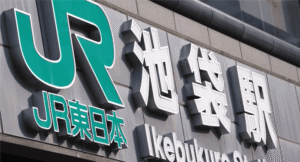The vegetable calendar will help you find out which vegetables are the freshest and sweetest in Japan according to the current season.
For anyone who has visited Japan, it may seem like Japanese cuisine lacks vegetables. However, the way vegetables are used in Japanese dishes is slightly different.
Japan actually has a wide variety of delicious and affordable vegetables, especially those sourced directly from production areas. Examples include potatoes and onions from Hokkaido, as well as eggplants from Kochi Prefecture.
Vegetable Calendar in Japan
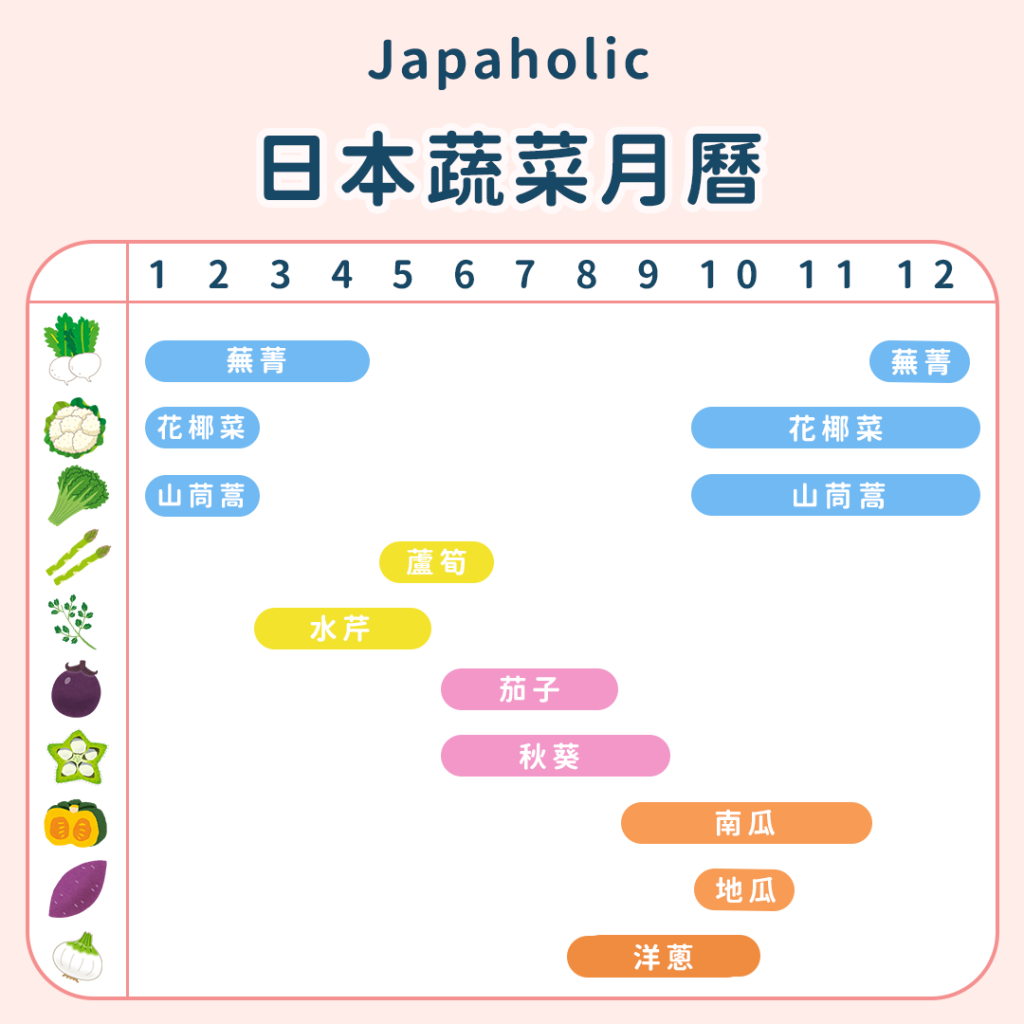
This article will introduce seasonal vegetables in Japan based on the Vegetable Calendar, so Japafans can enjoy fresh vegetables while visiting Japan!
Winter: Radish, Cauliflower, Chrysanthemum Leaves
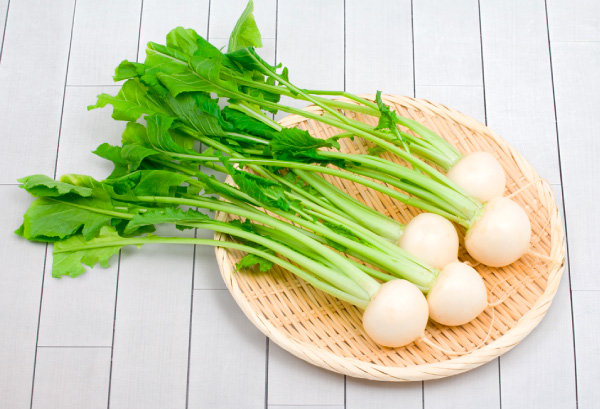
Daikon radish, also known as daikon or kabu, is a versatile vegetable because both its root and leaves are edible. Rich in vitamins B1, B2, B6, and minerals such as iron, sodium, potassium, and calcium, daikon is great for meeting nutritional needs.
The best season for daikon is from late autumn to early spring, when it tastes sweeter and crunchier. Whether used in soups or pickles, it remains delicious!
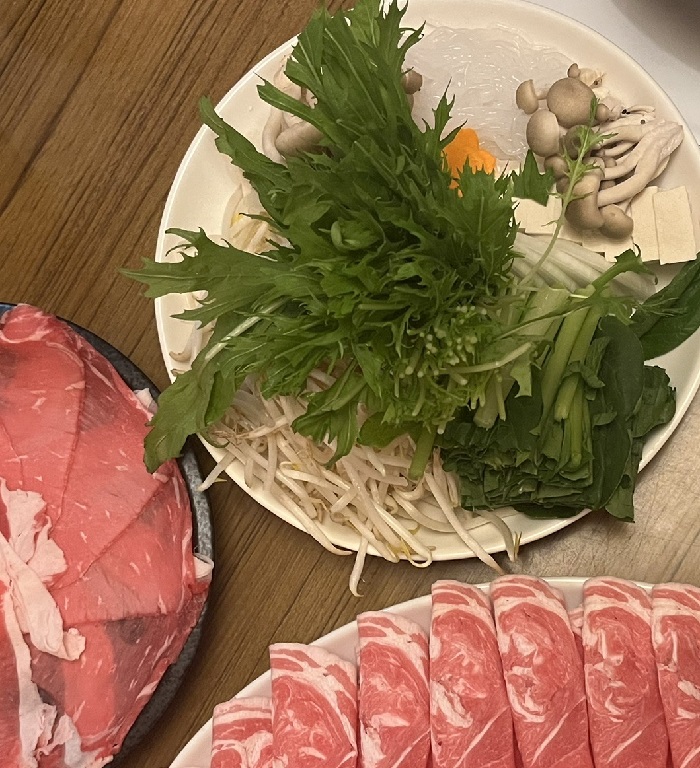
Additionally, shungiku (chrysanthemum leaves) is also commonly consumed in Japan. Produced from late winter to early spring, this vegetable is often found in supermarkets or used as a main ingredient in hot pots. Shungiku is rich in carotene, vitamin B2, C, E, calcium, and iron, making it one of Japan’s popular seasonal vegetables.
- December: Daikon radish, cauliflower, wood ear mushrooms, cabbage, spinach, komatsuna, burdock, taro, chrysanthemum leaves, potatoes, mushrooms
- January: Daikon radish, cauliflower, cabbage, spinach, komatsuna, burdock, chrysanthemum leaves, potatoes
- February: Daikon radish, cauliflower, cabbage, spinach, komatsuna, burdock, chrysanthemum leaves
Read:
The Best Seasonal Fruits to Buy when Visiting Japan
Spring: Asparagus and Water Celery
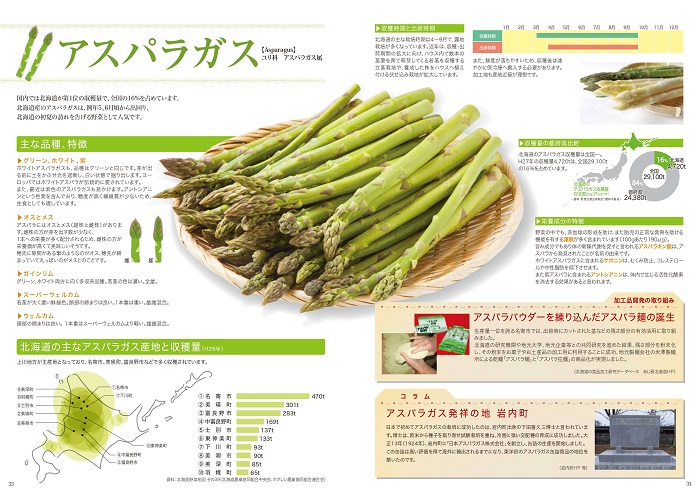
Spring is the best time to enjoy asparagus because its fresh shoots emerge, making it sweeter.
From late February in Kyushu and Nagano to May in Hokkaido, this is the perfect time to savor asparagus. Whether used in salads or grilled as a side dish, its taste is delightful. Some regions even offer limited-edition asparagus ice cream!
- March: Daikon radish, cabbage, water celery, spinach, cilantro, komatsuna, chrysanthemum leaves, mushrooms
- April: Daikon radish, cabbage, water celery, cilantro, nanohana (canola flowers), bamboo shoots, mushrooms
- May: Asparagus, cabbage, water celery, cilantro, mushrooms, green bell peppers, edamame
Summer: Eggplant and Okra
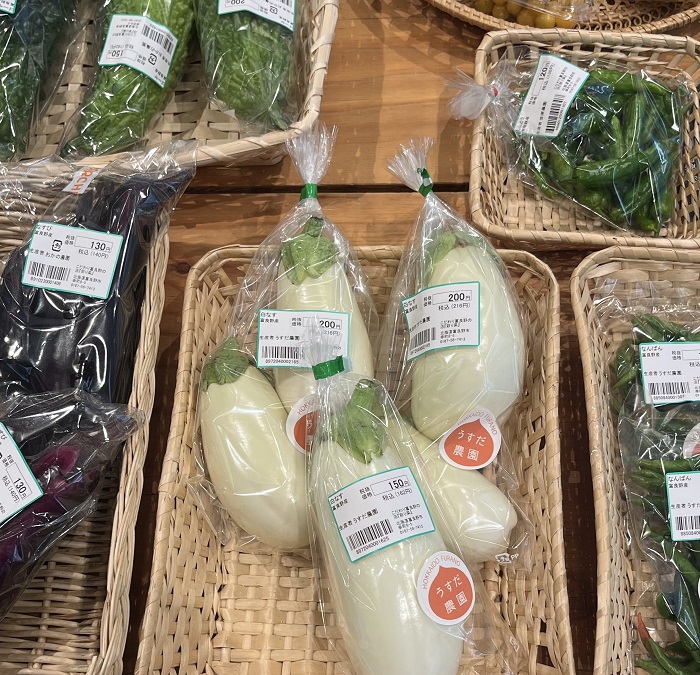
Eggplant-based dishes are very common in Japan, and the humid summer climate enhances its sweetness and tenderness.
Niigata Prefecture has the largest eggplant production, although most are sold locally, making it difficult to find outside the region. If you’re in Niigata during summer, don’t miss trying its seasonal eggplant dishes!
Besides Niigata, Kochi Prefecture and Hokkaido are also famous for their eggplants. In Furano, you can even find unique white eggplants!
- June: Asparagus, okra, cabbage, cucumber, potatoes, eggplant, mushrooms
- July: Okra, cucumber, bitter melon, potatoes, wax gourd, corn, eggplant, mushrooms
- August: Okra, wood ear mushrooms, cucumber, bitter melon, potatoes, onions, wax gourd, corn, eggplant
Autumn: Pumpkin, Sweet Potatoes, Onions
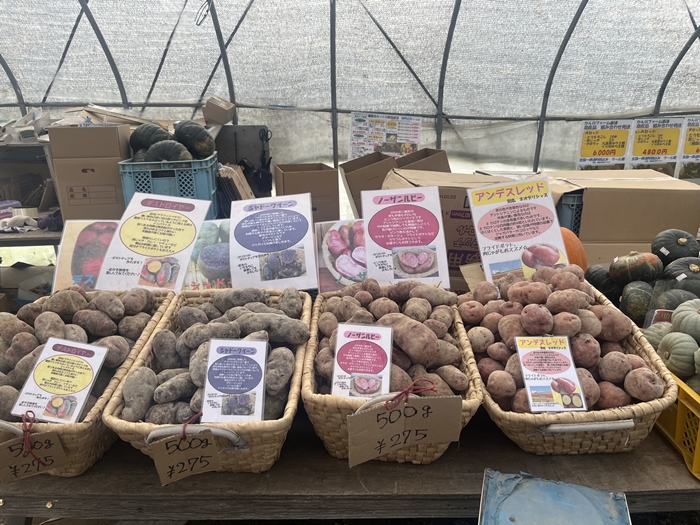
Autumn is harvest season in Japan. If you visit Hokkaido during this time, you’ll see plenty of pumpkins, sweet potatoes, potatoes, and onions being harvested.
These locally grown vegetables are fresh, affordable, and naturally sweet, requiring no complex recipes to enjoy. This is a season you shouldn’t miss if you want to taste Japan’s finest vegetables!
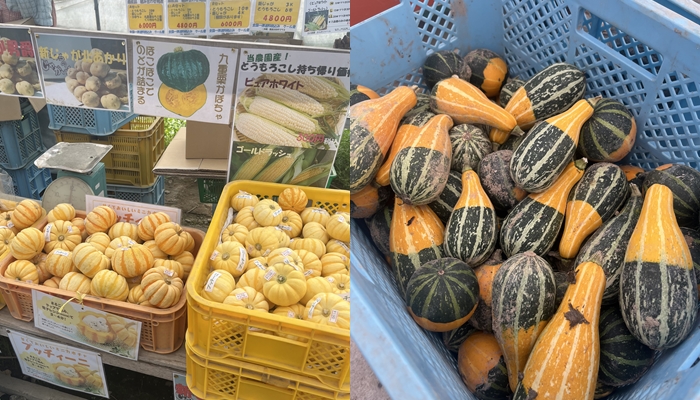
Hokkaido also has vast farmlands. During autumn, you can watch the harvesting process in the fields, which can be an exciting experience when visiting Japan.
- September: Okra, pumpkin, wood ear mushrooms, cucumber, potatoes, onions, daikon radish, Chinese cabbage, wax gourd, corn
- October: Pumpkin, cauliflower, wood ear mushrooms, spinach, burdock, taro, sweet potatoes, potatoes, onions, daikon radish, Chinese cabbage
- November: Pumpkin, cauliflower, wood ear mushrooms, cabbage, spinach, komatsuna, burdock, taro, chrysanthemum leaves, potatoes, daikon radish, Chinese cabbage, mushrooms
Seasonal Vegetables in Japan
The Japanese pay close attention to food quality and flavor, which is why they prefer to use seasonal produce, seafood, and livestock products.
This is why Japan has many unique regional dishes and seasonal alcoholic beverages. When Japafans travel around Japan, don’t forget to try the local specialty dishes made with seasonal ingredients!

